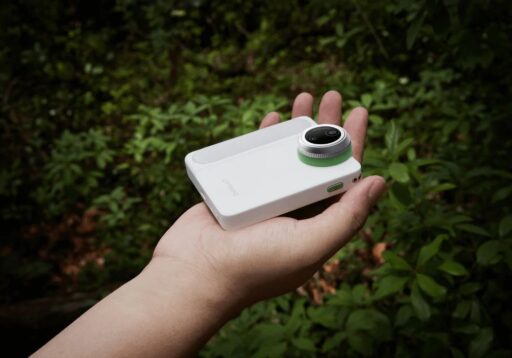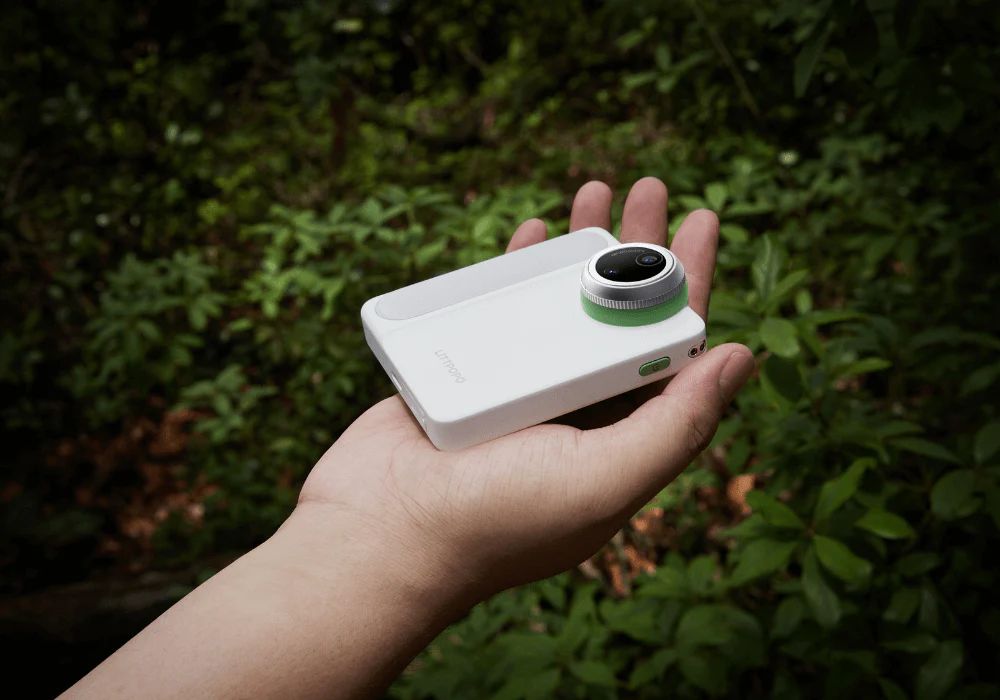Indoor house plants have become a part of households, workplaces, and classrooms—not just as a form of decorative value but also due to the cleansing qualities of air and psychological advantage. But what we tend to like on the surface is only a part of the story.
They can discover the secret structures and life on the leaves, roots, and in the soil of everyday houseplants with the aid of digital microscopy tools. This paper presents the idea of microscopic plant discovery and how common indoor plants can present information about plant anatomy, microbiology, and environmental analysis.
Plants: Beyond Ornamentation
Air Quality and Wellness
The choice of indoor plants is usually based upon their capacity to improve the inside air condition. Snake Plant (Dracaena trifasciata) and Peace Lily (Spathiphyllum spp.) are widely referred to in the literature and academic studies as commonly capable of diminishing airborne pollutants such as formaldehyde or benzene in closed spaces.
High-Resilience Plants in Low-Care Areas
The maintenance of not all houseplants is high. Most of the popular plants include Pothos, ZZ Plant, Spider Plant, among others, which are known to thrive when subjected to low-light levels and watered on a rare basis. Their versatility can be used by novice gardeners and families with hectic time schedules.
A Secret World: Microscopic Components of Houseplants
The majority of the population is engaged in interplay with houseplants on a visual plane. And yet even simple magnification will reveal:
- Stomata: Small holes on the leaves that are used in gaseous exchange.
- Trichomes: Tiny hairs which cover plants or reduce water loss.
- Patterns in epidermal cells: Patterns which can be seen on the leaves and stems.
- Pollen grains: Structurally complex, species-specific.
- Root hairs: Extensions which make nutrient absorption greater.
- Microbes on soil: Fungal hyphae, protozoa, and algae.
- Mineral crystals: Sometimes they are kept in the plant cells.
They can be studied in botany or plant physiology, but can be readily seen with the right tool of magnification.
Home Plants: Microscopic Preparation Suitable Plants
Examples of indoor microscopic plants that can provide convenient care and interesting microstructures are listed below:
- Spider Plant (Chlorophytum comosum)
Growth has good stomata and trichomes on its long leaves.
- Snake Plant (Dracaena trifasciata)
Broken and scaly cuticles and tough leaves exhibit high structural contrast with magnification.
- Peace Lily (Spathiphyllum spp.)
Perfect when it comes to the observation of pollen, cell structures of flora as well as the distribution of stomata.
- Pothos (Epipremnum aureum)
Frequent are vein structures and microbial colonies (particularly on older leaves).
- ZZ Plant (Zamioculcas zamiifolia)
Description: A tropical, perennial shrub, with five-fold symmetry, featuring a single, uniform, leathery, pellucidar foliage.
The wax layers can be seen in glossy leaves and visible under a microscope fungal threads can be found in its soil.
- Hoya (Hoya carnosa)
Trichomes, mineral deposits, and complicated flower parts are interesting.
All plants offer varying features based on the growth conditions, age, and the surrounding environment.
Selecting an Instrument of Microscopic Exploration
There are several portable digital microscopes in the market today which can be used as educational or hobbyist devices. Such devices are commonly designed to package magnification, image, and display capabilities into a single device that is small.
An example of such is the MicroCam X1, a digital microscope released by Littpopo, and is intended to be used casually, in a school or discovery environment.
MicroCam X1: Major Technicalities
- Magnification range: Up to 400x
- Ability to focus: Macro focus of 5 cm
- Image quality: 12 MP still and 4K video
- Display: 3.5-inch LCD
- Storage: Enables the use of microSD cards (64 GB and 128 GB)
- Battery: Rechargeable USB-C, up to 4 hours usage
- Portability: Lightweight (approximately 160g), handheld design
- Durability: Alleged drop protection (3 meters), strengthened screen glass
This application enables users to take pictures and video of what they see. Although it is not comparable to professional laboratory microscopes, it also offers sufficient magnification to investigate the surface of plants and observe the soil in a home environment.
Note: It is one of the tools that exist in the market. Users are advised to shop around and find various machines based on their needs, financial ability, and purpose of application.
Preparation of Vegetable Samples to Be Looked At
One does not need a lab to view them microscopically. Here’s how to get started:
Collect a Sample
- Take a clean leaf, piece of root, or small scoop of soil of a potted plant.
Prepare the Material
- Surface of leaves: Place on the surface of the leaf a small piece of clear tape to raise surface features.
- Soil sample: To see the microbes or fungal threads, place a drop of water on the sample.
- Petal or root section: Discarded parts of plants should be used in order to avoid spoilage.
Observe
- Apply even light and reduce movement of hands.
- Take time to focus and change angles so as to see structures clearly.
- Note down your observations (photos or notes) to compare later.
Document
- A simple journal containing plant names, dates, and observations.
- Compare the variations in structure or activity of species or microorganisms.
Why It’s Worth Exploring
- Educational Value: Provokes interest in the anatomy and biology of plants.
- Engagement – STEM: An interactive means to study basic science and microscopy.
- Visual Discovery: Visualizes labless structures.
- Family Activity: Provides an educational experience that is shared among the different age groups.
The microscopic study of plants creates a greater appreciation of nature and the way systems work, even in the tiniest areas such as a potted plant on your desk.
Conclusion
Houseplants are not merely decorative, but are living systems complete with structures and microbial life that no one can discern. You can start with the simplest preparation, and with digital tools easily accessible, anyone can start discovering the microscopic nuances of plant life that are so complex and interesting.
It is an educational experience, no marketing required—whether at home or in school—to transform your interior greenery into an object of microscopic observation.








